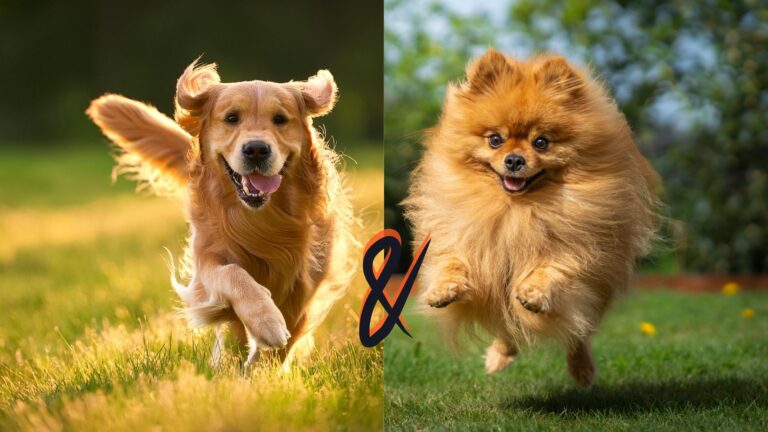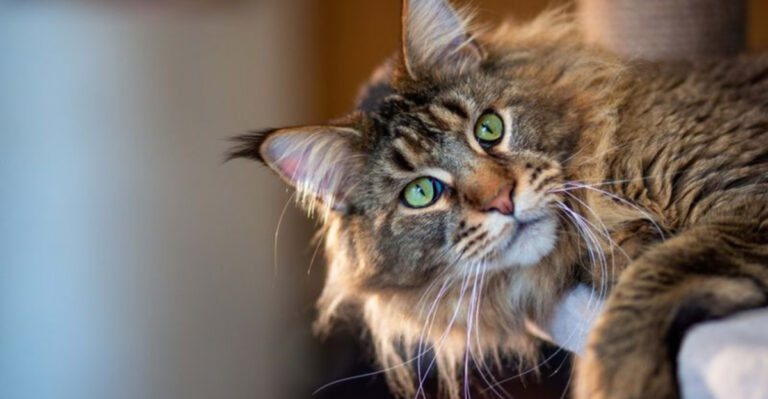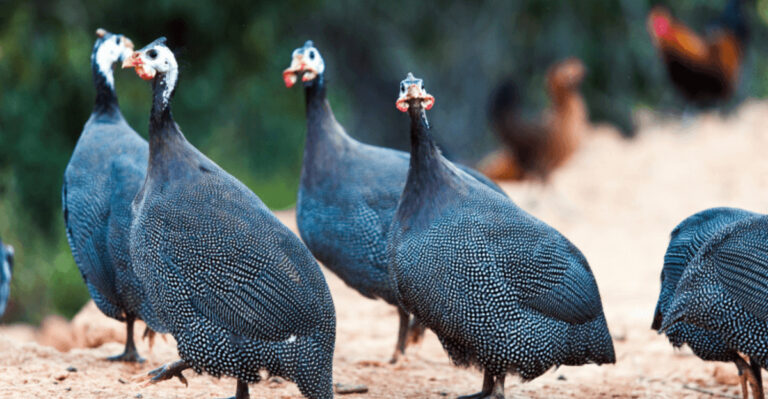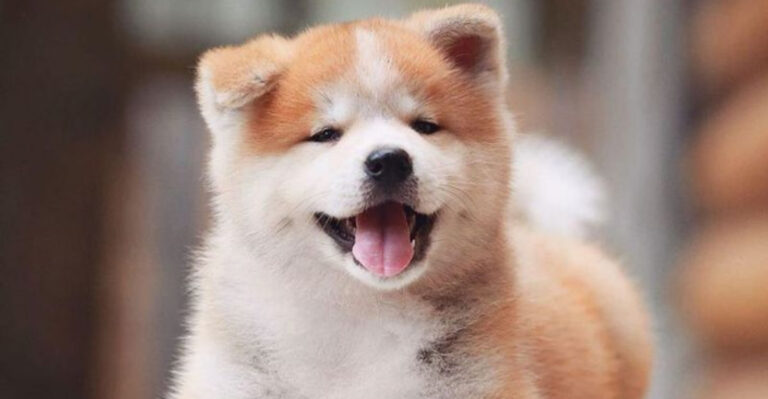18 Fun Facts You Didn’t Know About Puppies
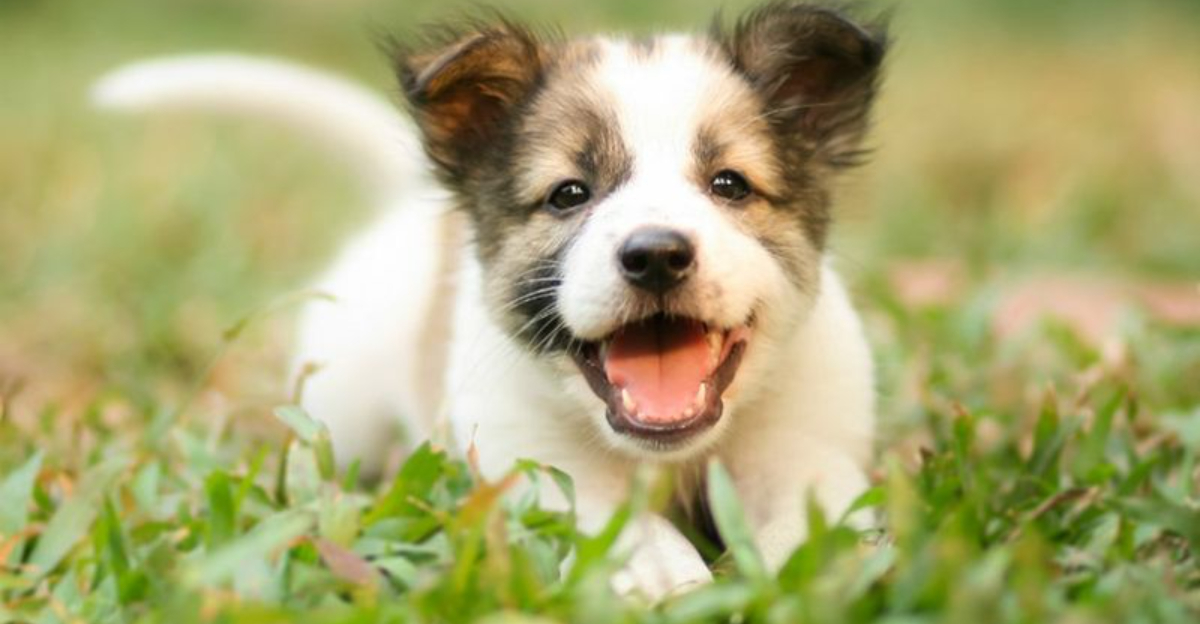
Puppies capture our hearts with their playful antics and adorable faces. These bundles of joy bring laughter and love into our homes from the moment they arrive.
Whether you’re a new pet parent or simply adore these four-legged furballs, these fascinating puppy facts will surprise and delight you!
1. Born Without Sight Or Hearing
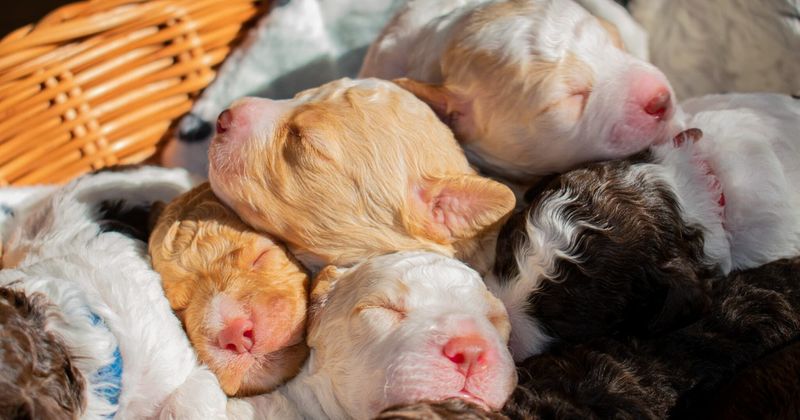
Puppies enter the world completely blind and deaf! Their eyes remain sealed shut until they’re about two weeks old.
Their ear canals don’t open until around the same time. Despite these limitations, they navigate using their incredible sense of smell, which works from birth.
2. Sleep Champions Of The Animal World

Growing takes serious energy! Puppies typically snooze for 18-20 hours daily during their first weeks of life.
This marathon sleeping habit helps their bodies develop properly. Even as they grow older, puppies need more sleep than adult dogs, often taking frequent naps between their bursts of playful energy.
3. Milk Teeth Fall Out
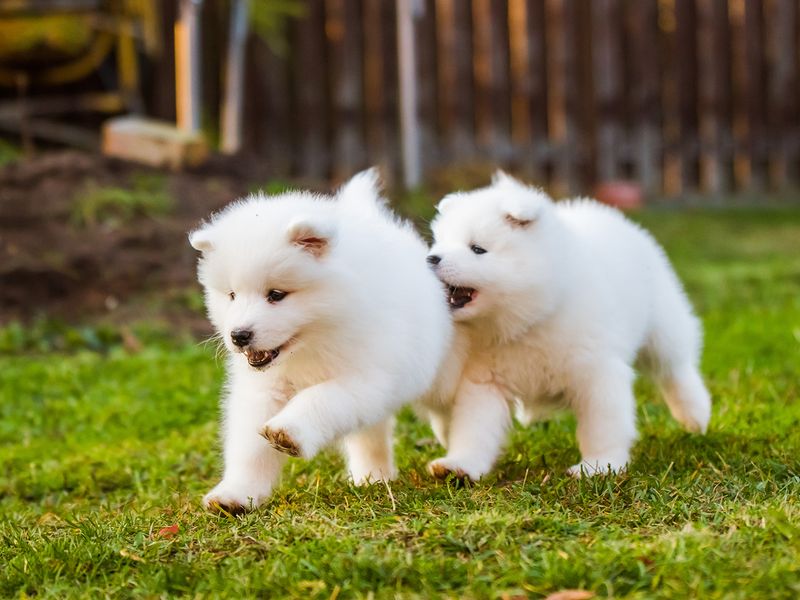
Those needle-sharp puppy teeth aren’t permanent! Puppies have 28 temporary teeth that start falling out around 12-16 weeks of age.
Adult dogs eventually develop 42 permanent teeth. During teething, puppies chew obsessively to relieve discomfort, which explains why your shoes might become their favorite chew toys!
4. Paw Pads Smell Like Corn Chips
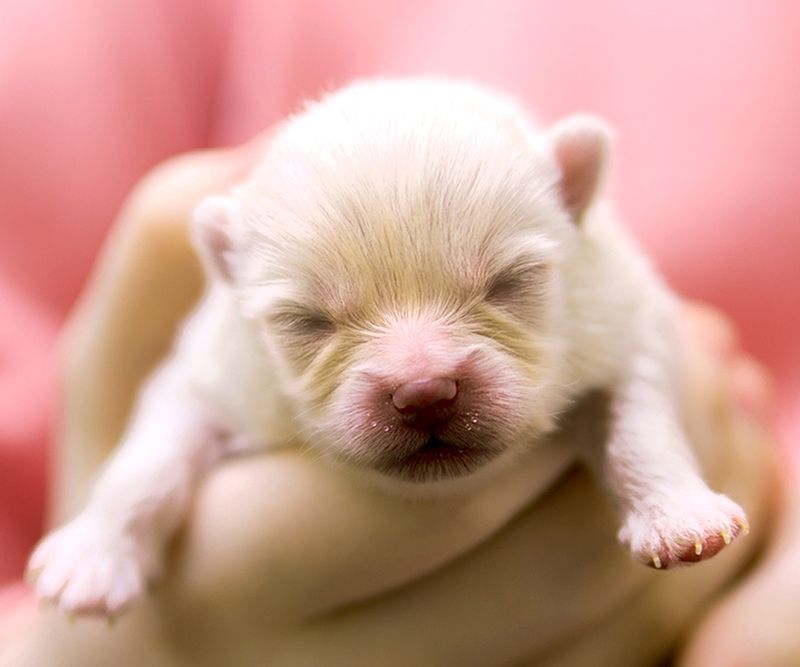
Sniff a puppy’s paws and you might detect a curious corn chip scent! This phenomenon, dubbed “Frito feet,” happens because of naturally occurring bacteria.
The harmless microbes produce this distinctive smell as they live on paw pads. Many dog owners find this quirky trait endearing, though excessive odor could indicate it’s bath time!
5. Puppy Breath Has A Special Cause
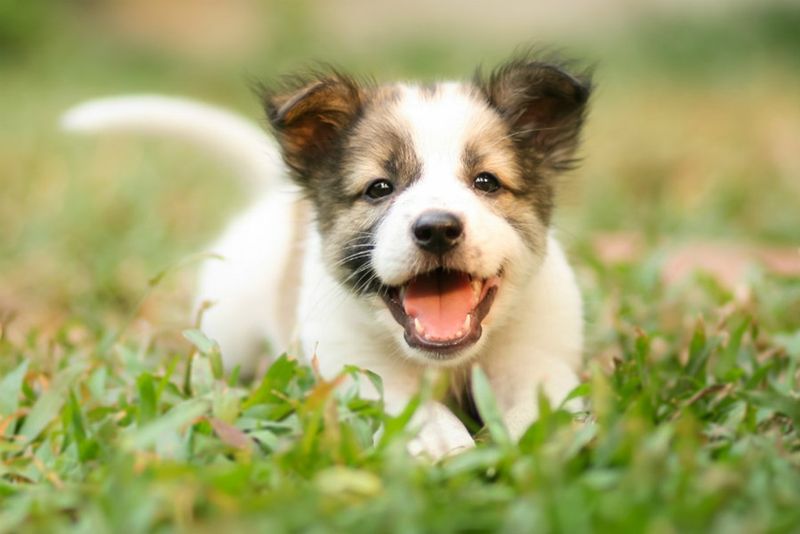
That distinctive sweet smell in puppy breath? It comes from mother’s milk and their developing digestive systems.
As puppies transition to solid food, the unique scent gradually disappears. Many dog lovers actually cherish this fleeting aroma that signals puppyhood, considering it a special bonding memory.
6. Puppies Dream More Than Adult Dogs
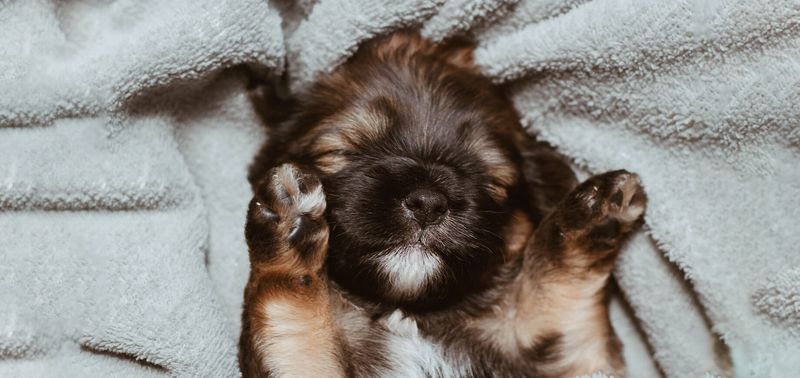
Watch a sleeping puppy twitch, whimper, or move their paws—they’re dreaming! Puppies experience more REM sleep than adult dogs.
During these dreams, they process all the new information they’re learning. Scientists believe puppies might dream about their daily activities, just like humans do after learning new skills.
7. Siblings Help Teach Bite Inhibition
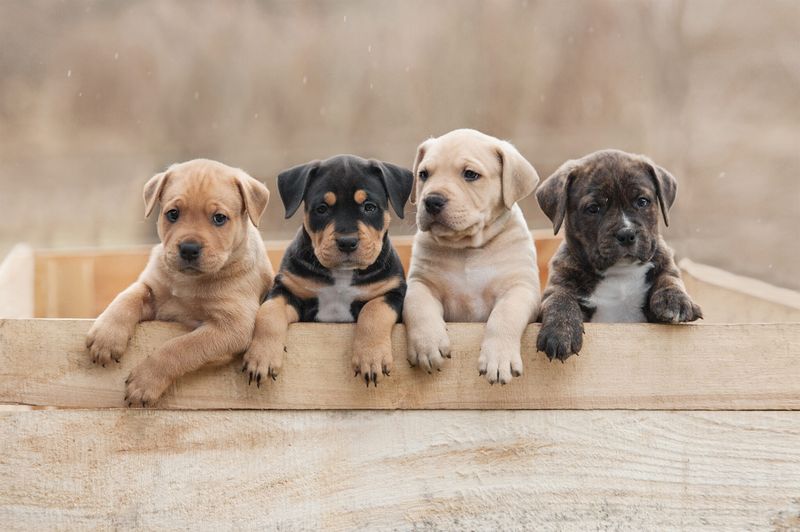
Rough-housing with littermates teaches puppies a crucial life skill: controlling their bite strength. When puppies play-bite too hard, their siblings yelp and stop playing.
This natural feedback loop helps puppies understand boundaries. Puppies separated from litters too early often struggle with bite control, making socialization with other puppies extremely valuable for their development.
8. Unique Nose Prints Like Human Fingerprints
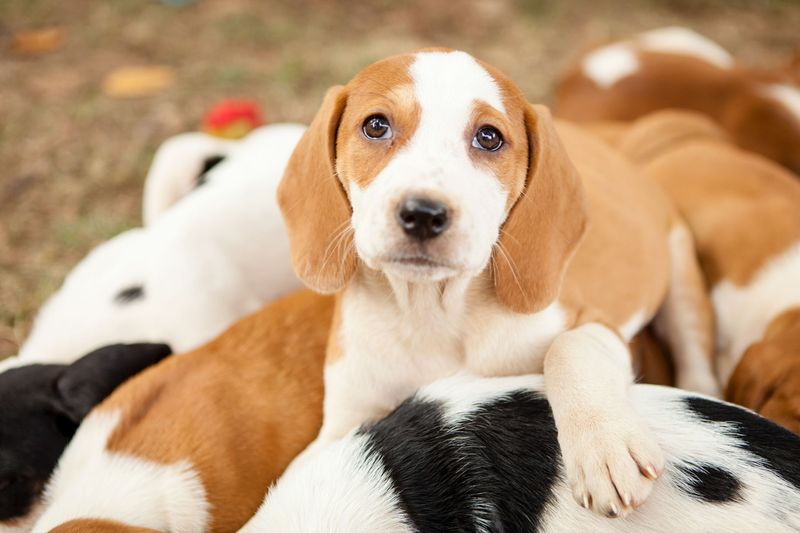
Every puppy’s nose has a unique pattern of ridges and creases—just like human fingerprints! No two dog nose prints are exactly alike.
Some countries even register dogs using nose prints for identification. This distinctive feature forms before birth and remains unchanged throughout their lives, making it a reliable biological identifier.
9. Tail Wagging Isn’t Always Happy
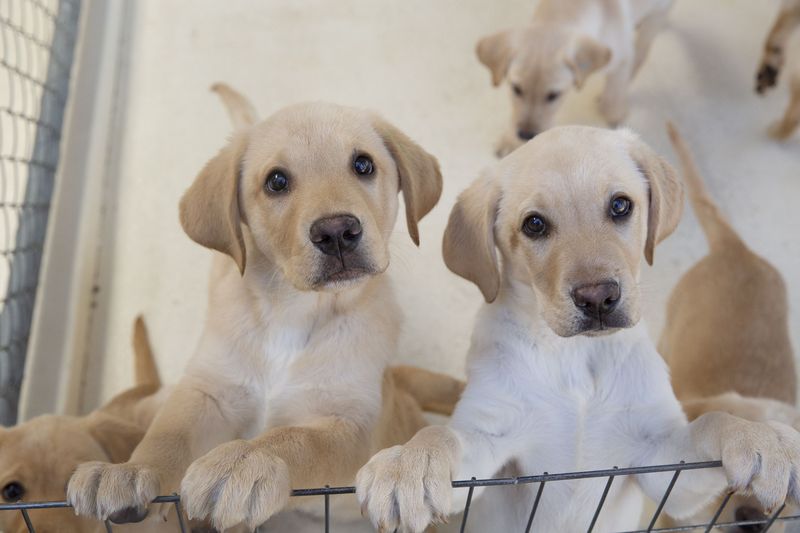
Contrary to popular belief, a wagging tail doesn’t automatically signal happiness in puppies. The position and speed of the wag actually convey different emotions.
A low, stiff wag might indicate uncertainty or aggression. Learning to read your puppy’s complete body language, including ear position and posture, helps understand their true feelings better than tail movement alone.
10. Double The Smell Power

Puppies possess an extraordinary second smelling system called the vomeronasal organ or Jacobson’s organ. Located in the roof of their mouth, it detects pheromones other animals release.
When you see a puppy licking the air or making a funny face with their lips pulled back, they’re activating this special scent analyzer to gather more information about their world.
11. Heart Rates Faster Than Humans
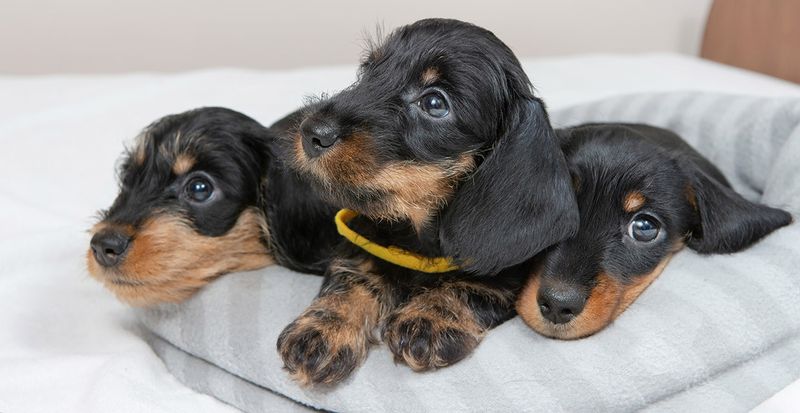
A puppy’s heart beats at an astonishing rate—up to 220 beats per minute when they’re very young! For comparison, human adults average around 60-100 beats per minute.
As puppies grow, their heart rate gradually slows down. Veterinarians use heart rate as one important indicator of a puppy’s health during early development stages.
12. Color Vision Differs From Humans
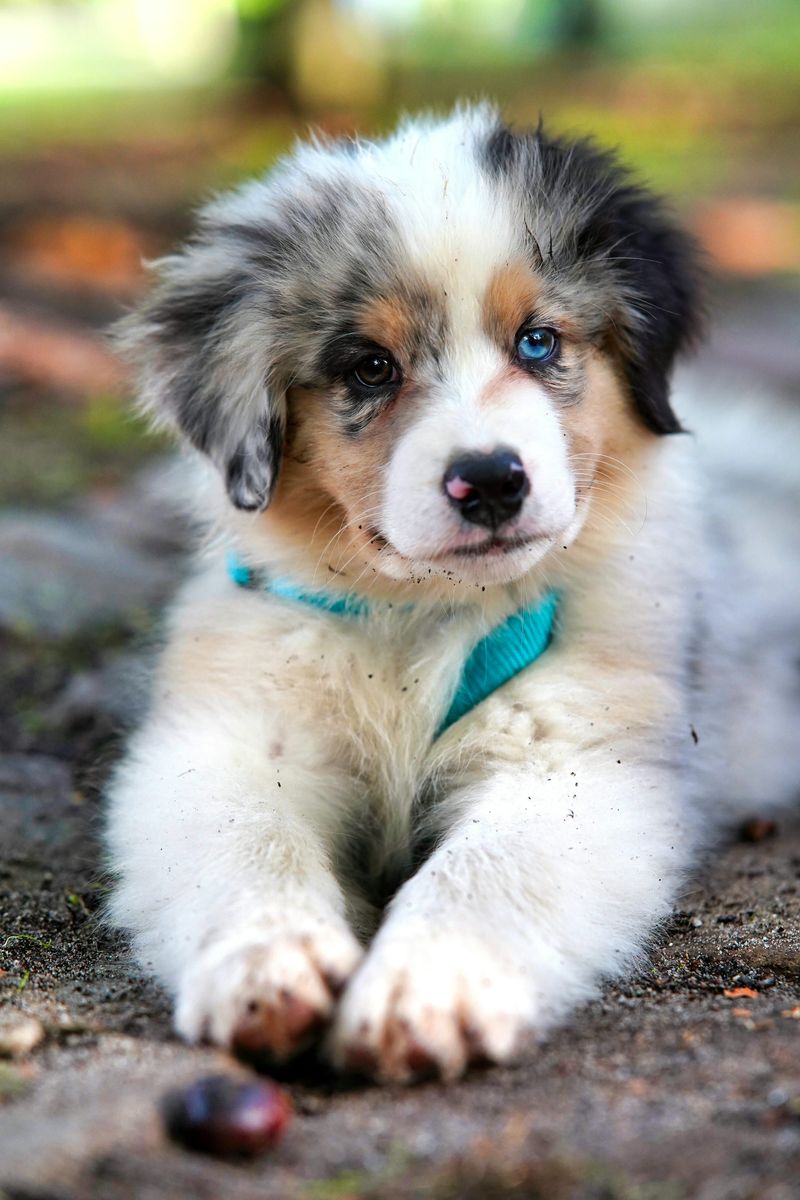
Puppies don’t see the world in black and white as once believed, but their color perception differs significantly from ours. They primarily see blues, yellows, and grays.
Reds and greens appear more as yellowish or grayish tones to them. When choosing toys, blue and yellow ones stand out best in a puppy’s visual field—something to consider when training!
13. Rapid Growth Rate
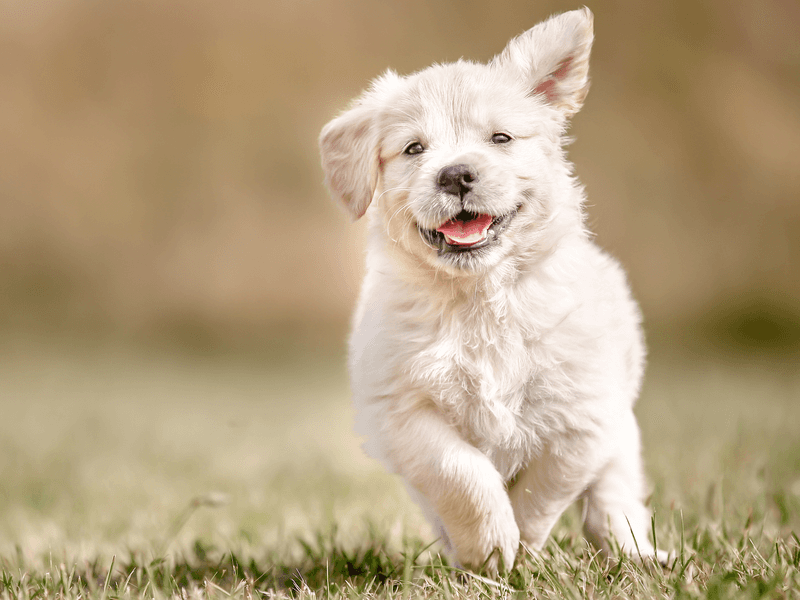
Small breed puppies can double their birth weight in just one week! Large breeds grow even faster, sometimes gaining several pounds weekly during growth spurts.
This incredible development requires special nutrition formulated specifically for puppies. Their rapid growth also explains why puppies seem to outgrow beds, collars, and harnesses almost overnight during their first months.
14. Belly Spots Disappear With Age
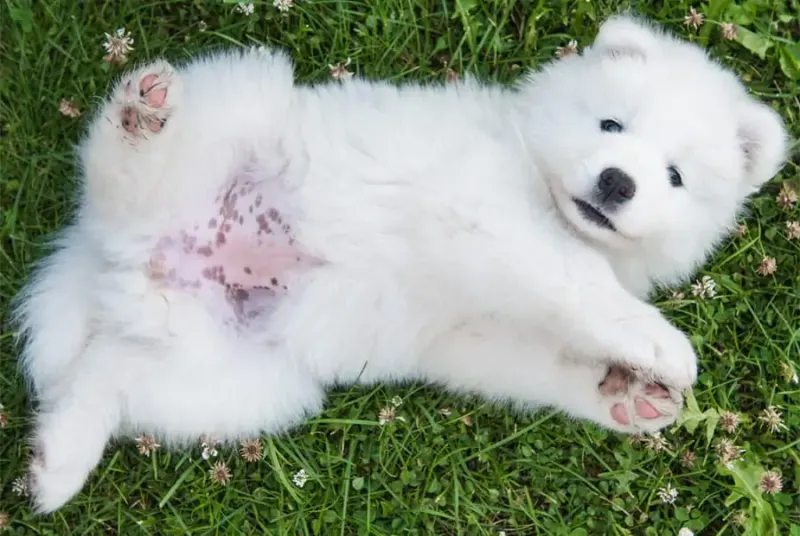
Many spotted puppies are born with distinctive polka dots on their bellies that fade as they mature. These temporary markings are called “ticking” or “puppy spots.”
Dalmatians are famous exceptions—they’re actually born completely white! Their iconic spots develop gradually during their first weeks of life, starting to appear around 10 days after birth.
15. Puppies Can Get Hiccups
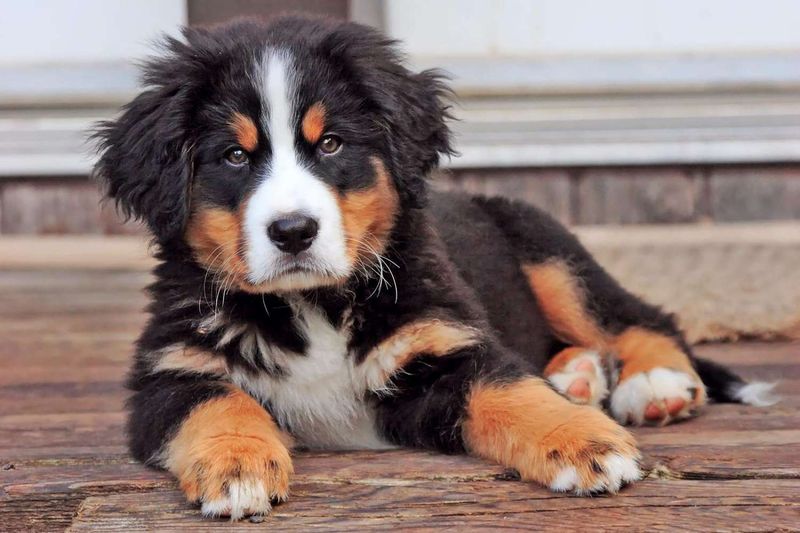
Those adorable little spasms you might notice in your puppy are often hiccups! Puppies get hiccups more frequently than adult dogs, especially after eating or drinking too quickly.
Puppy hiccups are generally harmless and usually resolve on their own within a few minutes. Some puppies even get hiccups while sleeping, causing their tiny bodies to jerk rhythmically.
16. Socialization Window Closes Early
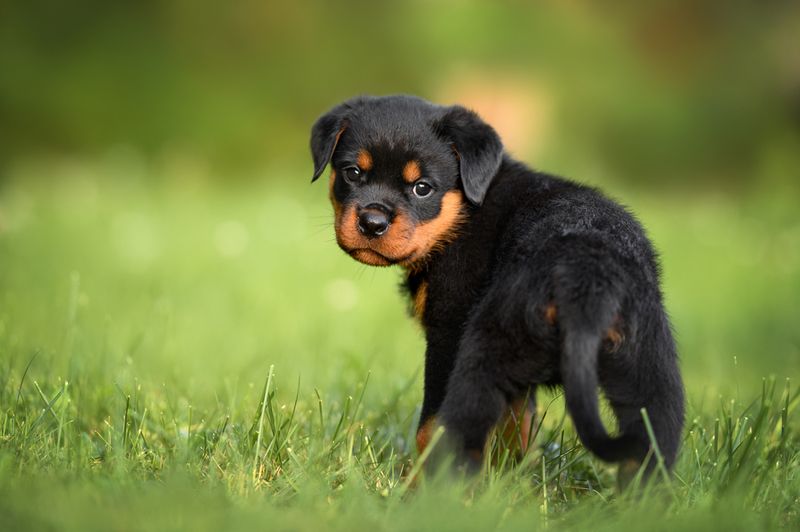
Puppies have a critical socialization period between 3-14 weeks of age. During this window, they’re most receptive to new experiences without fear.
Proper exposure to different people, animals, environments, and sounds during this time shapes their adult temperament. Missing this socialization opportunity can lead to fearfulness or behavioral issues later in life.
17. Born With Instinctive Swimming Ability
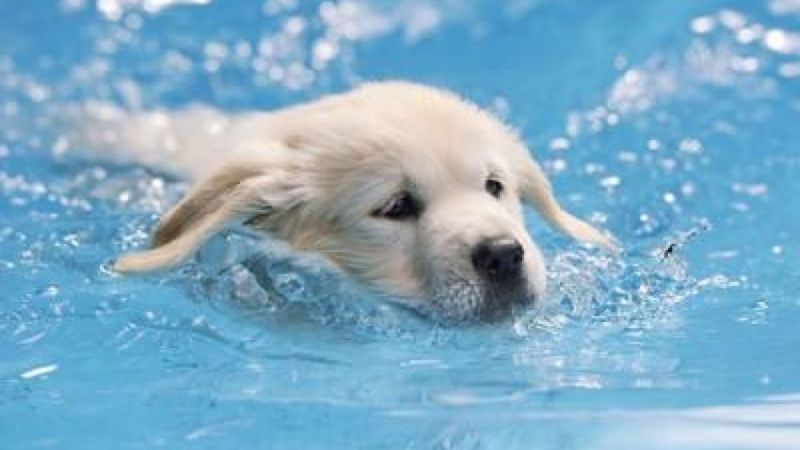
Most puppies can swim instinctively the first time they enter water! This natural “doggy paddle” motion comes programmed into their genetic makeup.
However, not all breeds are equally water-enthusiastic or buoyant. Some puppies need gentle introduction to water and supervision. Breeds like Bulldogs with heavy heads and short legs often struggle more with swimming than others.
18. Pack Mentality Starts Early
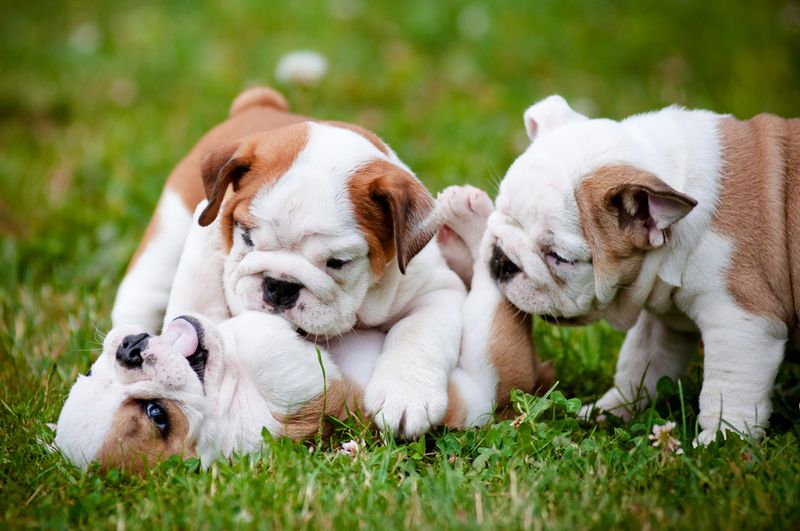
Puppies begin establishing pack hierarchy with littermates as young as 4 weeks old. They practice dominance behaviors, submission signals, and social rules through play.
These early interactions teach vital communication skills for canine society. When puppies join human families, they transfer these pack instincts to us, which explains why consistent leadership helps them feel secure and understand boundaries.

